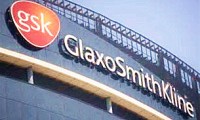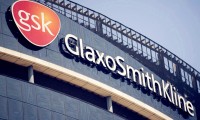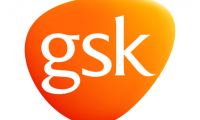-
GSK opens new aluminium salts facility in Scotland
- Source: news.open-medical
- 619
- August 17, 2017
-
GSK tests mepolizumab for nasal polyps
- Source: Pharmtimes
- 783
- June 28, 2017
-
GSK tests mepolizumab for nasal polyps
- Source: pharmatimes
- 757
- June 28, 2017
-
GSK’s inhaler improves asthma control in ‘real world’ study
- Source: pharmatimes
- 580
- May 8, 2017
-
Domestic lupus erythematosus drugs sold for 6 billion!
- Source: drugdu
- 48
- November 12, 2024
-
5 innovative drugs included in breakthrough treatment varieties
- Source: drugdu
- 70
- November 6, 2024
-
RNA editing pioneers fought a comeback
- Source: drugdu
- 74
- October 23, 2024
-
Milepost! The first RNA editing therapy releases clinical data
- Source: drugdu
- 78
- October 22, 2024
-
RNA editing pioneers fought a comeback
- Source: drugdu
- 75
- October 19, 2024
your submission has already been received.
OK
Subscribe
Please enter a valid Email address!
Submit
The most relevant industry news & insight will be sent to you every two weeks.













